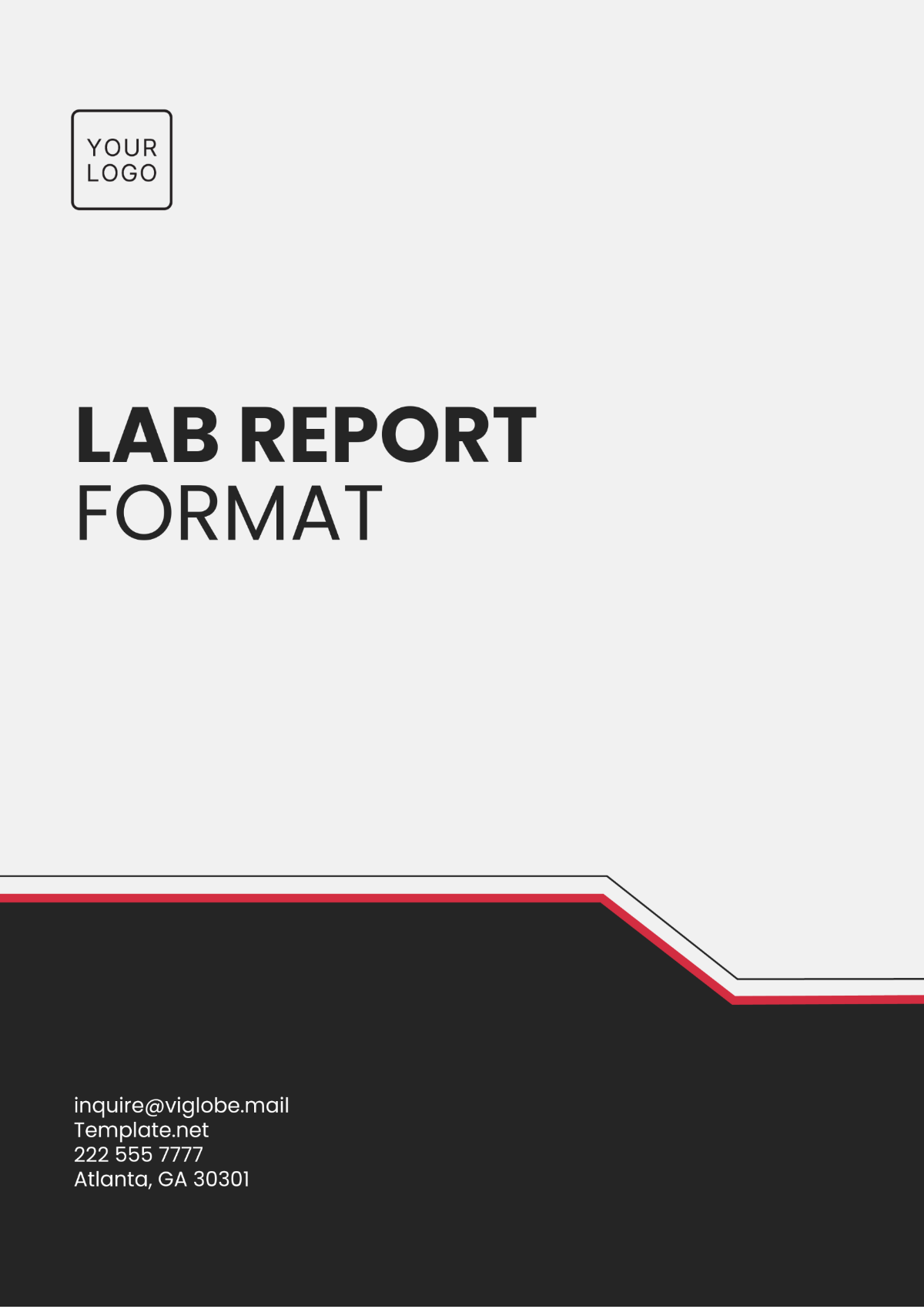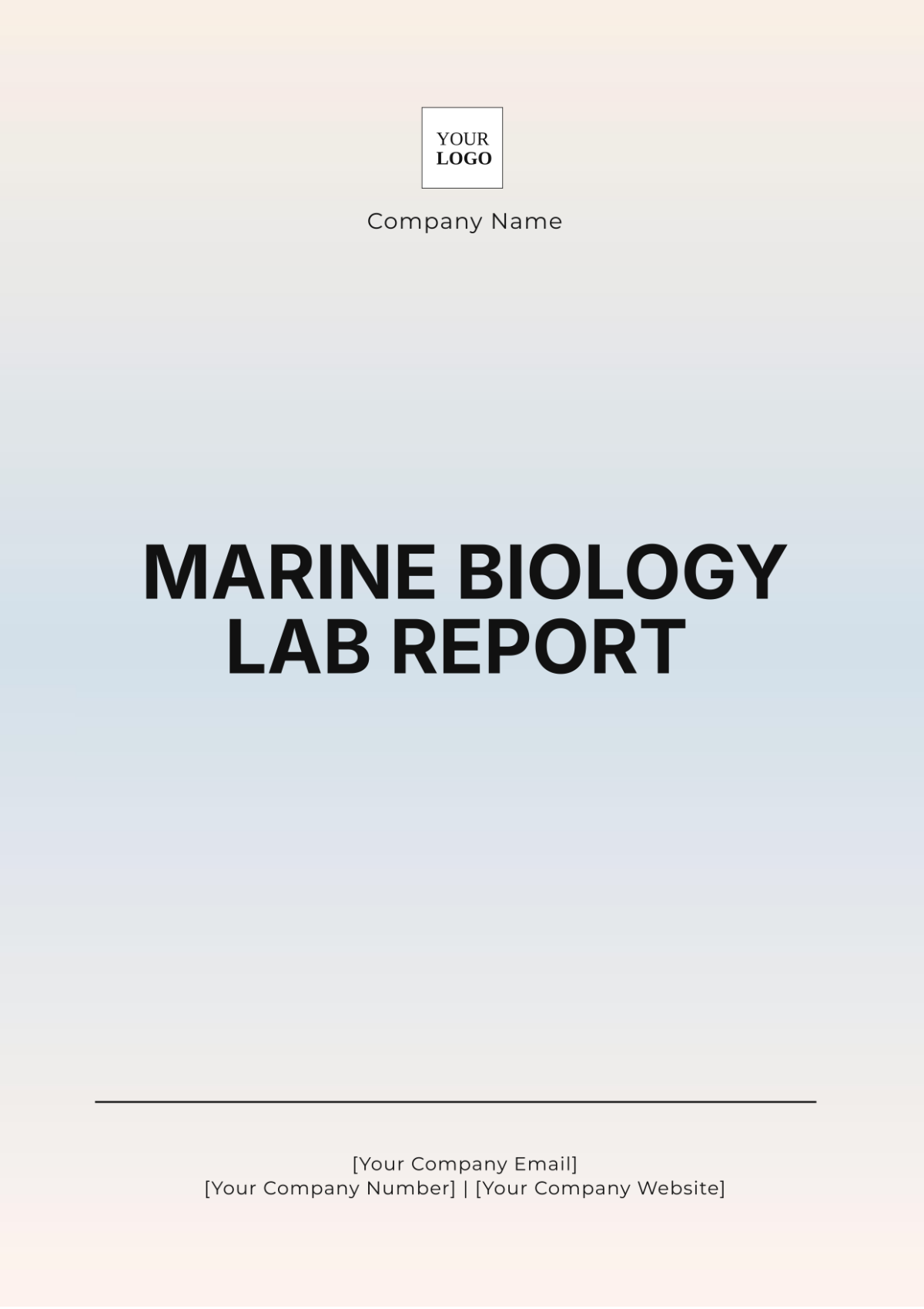Lab Report Methods Section
Prepare by: [YOUR NAME]
Date: [DATE]
I. Introduction
The purpose of this experiment was to investigate the effect of temperature on the color change of a solution when an indicator is added. The objective was to observe and record any variations in color as the water samples were heated and then cooled to room temperature, using phenolphthalein as the indicator. This experiment aims to provide insights into the interaction between temperature changes and chemical reactions involving indicators.
II. Materials and Equipment
For the duration of the experiment, the materials and equipment that were utilized included the following items:
|
|
III. Procedure
A. Preparation
Assemble Materials and Equipment: Gather and assemble all the required materials and equipment as specified in the detailed list provided in the table above.
Prepare the Electronic Balance: Clean the electronic balance thoroughly and calibrate it according to the manufacturer’s instructions to ensure accurate measurements.
Label Equipment: Clearly label the beakers and test tubes to avoid any confusion during the experiment. This step helps in maintaining organization and accuracy.
B. Experimental Process
Step | Description |
|---|---|
1. Measure Water |
|
2. Heat the Water |
|
3. Cool the Sample |
|
4. Add Indicator Solution |
|
5. Observe and Record |
|
6. Repeat for Additional Samples |
|
IV. Experimental Setup
A. Setup Diagram
Electronic Balance: Place the electronic balance on a stable, flat surface to ensure accurate weight measurements. Ensure it is calibrated and free from vibrations.
Bunsen Burner: Position the Bunsen burner safely beneath a fume hood to provide adequate ventilation and reduce the risk of accidental exposure to fumes. Ensure the burner is securely set on a stable base.
Beaker: Place the beaker on a tripod stand above the Bunsen burner for controlled heating. Ensure the beaker is centered on the stand to prevent tipping during the heating process.
Thermometer: Insert the thermometer into the beaker to monitor the water temperature accurately. Ensure the thermometer is positioned so it does not touch the sides of the beaker.
Test Tube Rack: Arrange the test tube rack in a convenient location for easy access when adding the indicator solution. Ensure it is stable and organized to prevent spillage or mixing of samples.
V. Variables and Controls
A. Independent Variables
The independent variable in this experiment was the temperature of the water sample. This was controlled by initially heating the water to 80°C and then allowing it to cool naturally to room temperature. The controlled temperature variations help assess its impact on the experiment.
B. Dependent Variables
The dependent variable was the color change observed in the water samples after the addition of the indicator solution. This variable reflects the reaction of the water with the indicator and provides insight into the effect of temperature on the solution.
C. Controlled Variables
Volume of Water: Each trial used a consistent volume of 50 mL of distilled water to ensure uniform conditions across all samples.
Type and Concentration of Indicator Solution: The same type and concentration of indicator solution (e.g., phenolphthalein) were used in all trials to maintain consistency in the chemical reaction.
Cooling Duration: The water was allowed to cool to room temperature for the same duration in each trial to standardize the cooling process and ensure comparable results.
VI. Data Collection Methods
Data collection involved recording the temperature of the water and observing any color changes post-addition of the indicator solution. The following methods were used:
A. Temperature Measurement
A calibrated thermometer was utilized to precisely monitor the temperature of the water at key stages of the experiment. Temperature readings were taken before heating, during heating, and after cooling to ensure accurate and consistent data collection.
B. Visual Observation
Color changes in the water samples were carefully observed immediately after adding the indicator solution. Observations were recorded in detail in the laboratory notebook, noting the nature and intensity of any color changes to provide a clear account of the reaction.
C. Data Recording
Data were meticulously documented by hand in a laboratory notebook. Following the initial recording, the data were transferred to a computer for comprehensive analysis using data analysis software. This process ensured precise data interpretation and facilitated the identification of any patterns or anomalies in the results.

















































